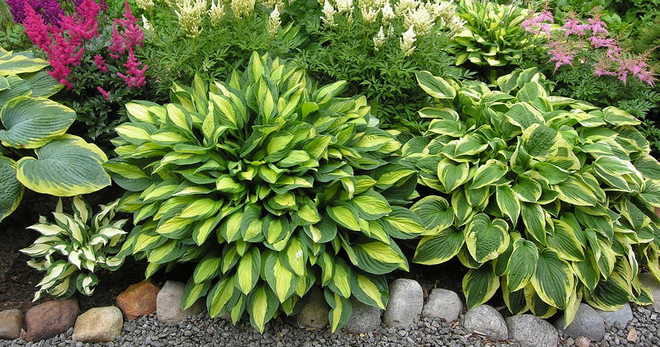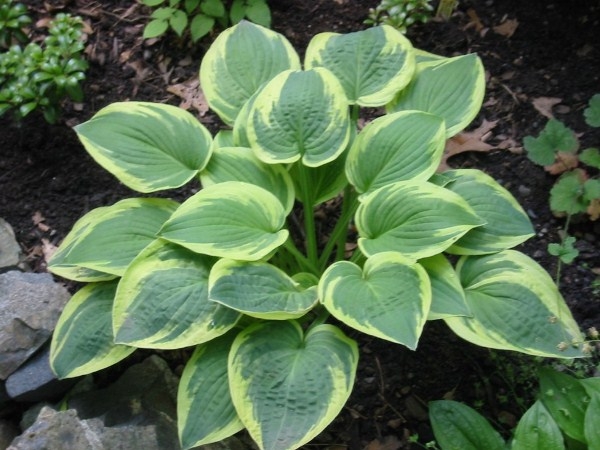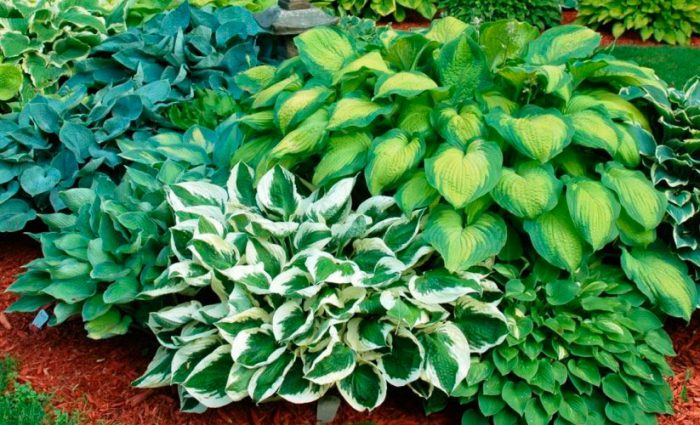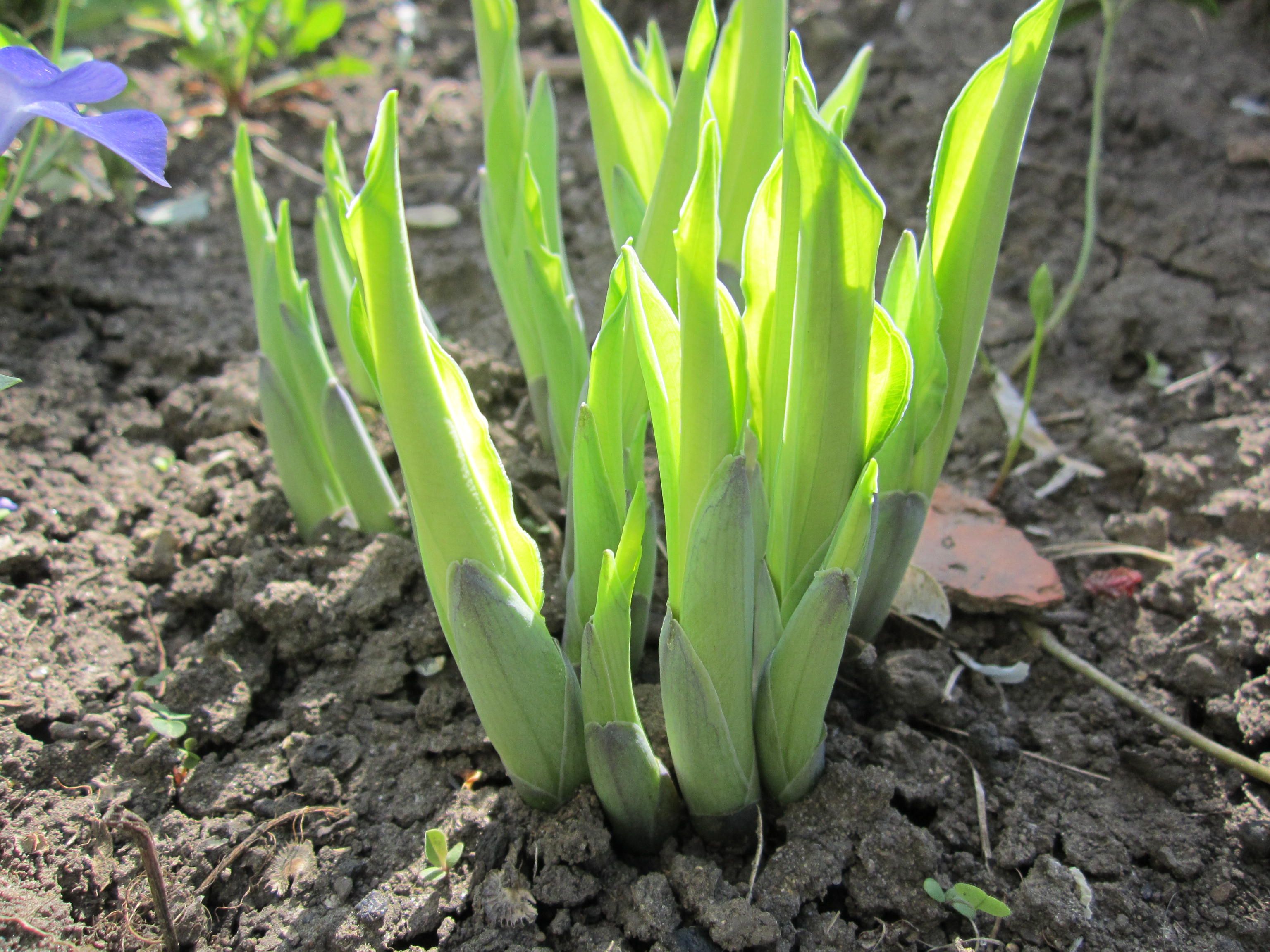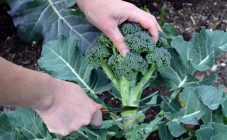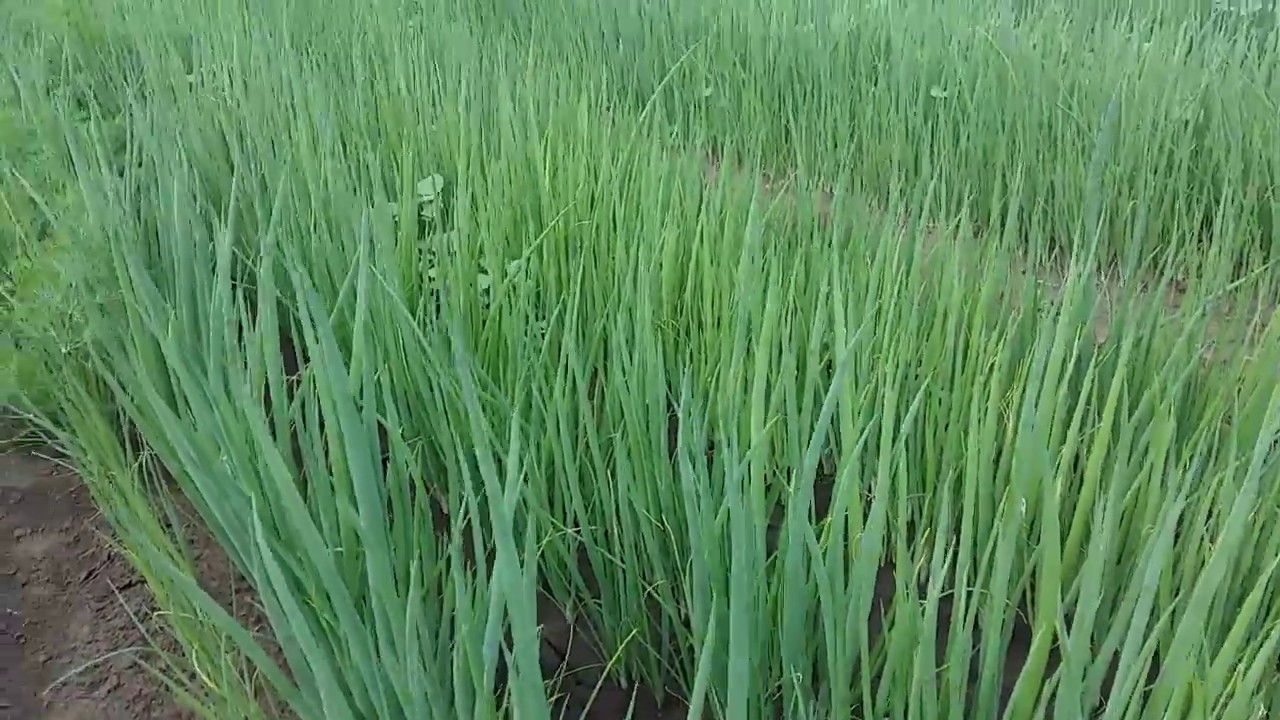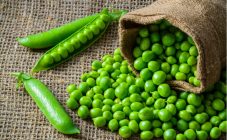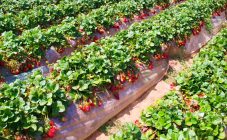Content:
Hosta is a herbaceous perennial. Until recently, it was ranked among the Liliaceae family, now it belongs to the Asparagus family. Growing hosts in the open field becomes a fun activity for gardeners, thanks to the abundance of varieties.
Hosta characteristic
Khosta is native to East Asia, the southern regions of the Far East, the Kuriles and Sakhalin. Up to 40 of its species are known. The plant is stemless and has a short root. Basal rosette comes in different shapes and colors. The blue, white, pinkish bell-shaped flowers of the hostas are not particularly remarkable. They are collected in loose inflorescences on high peduncles.
The hosta plant in summer cottages is valued for its beautiful leaves. They can be heart-shaped, round, narrow-lanceolate. The color of the leaf ranges from light green to blue-gray. Some plants resemble a fountain of foliage, others are almost invisible, the size of a match. The height of the hosta starts from a dwarf size (up to 10 cm) and can grow to a giant (from 70 cm).
Outdoor cultivation
How to grow a host in the country? Planting in open ground is carried out in the spring, in the last days of April or early May, before the leaves bloom. Can be planted in autumn, early September. The unfolding of the leaves begins in May, and the wilting process begins in October.
Despite the unpretentiousness of the hosts, the growing conditions should be observed. She is a shade-loving plant, it is not for nothing that she was nicknamed "the queen of the shadow." But do not expose it to drafts and winds. Shading is preferred by blue and green hostas, the size of their leaf plates depends on this, but growth slows down.
For spring planting, the soil is prepared in the fall. Before digging, organic matter is introduced in a layer of 10 cm. The host prefers a sufficiently moist humus loam, but does not tolerate stagnant water. The soil must be breathable. Sod-podzolic soil type must be diluted with humus, sand and mineral fertilizers. Sandy soil slows down plant growth.
At the chosen place of the garden, they dig up the soil and make holes. Since the root system of the hosts is horizontal, they are made wide. For large plants, the space between the pits should be 0.8-1.0 m, for the rest - from 0.3 to 0.5 m. They are filled with compost soil with the addition of ammonium nitrate, superphosphate, potassium sulfate. You need 15 g of each component. Watered seedlings, together with a soil clod, are moved into holes, sprinkled with earth and compacted around the seedling.
How fast is the host growing
The growth of hosts in the country is noticeable by the formation of new outlets, an increase in the size of the bush. In the description of the variety, the average indicator of the growth rate of the host is most often indicated - 5 or 6 years, but for each variety there are deviations.
There are 3 host types in relation to growth rate:
- Fast.They are characterized by the rapid formation of bushes and reproduction, the formation of a large number of rosettes, the need for more frequent division.
- Moderate. Most hosts are of this type.
- Slow. Several years pass before the bush becomes mature.
How fast is the host growing? The main factor affecting the rate of growth is hereditary. Small varieties grow faster than large ones. Variegated leaf color, variegated, indicates slow growing plants. The completely green leaves are from fast growing hosts. Growing conditions have a slightly lesser effect. Growth is accelerated in good sunlight.
The slower growth rate is due to inappropriate growing conditions, improper agricultural technology. If the duration of the growing season is insufficient, then the bush begins to decrease in size, it may die. White-leaved hosta varieties are especially affected due to a lack of chlorophyll.
The growing season of natural hosts is 185 days a year. Russian climatic conditions can provide only about 90 days of the warm period. Varieties with a low growth rate are more difficult to reproduce, so their cost is higher.
Reproduction
Growing hosts from seeds
Seed breeding is a rare method. Hosta seeds have poor germination (70-80%), therefore it is recommended to treat them with a growth stimulant: Kornevin, Zircon, Elin, Aloe juice. Gardeners also use stratification - the method of cooling seeds in the lower sector of the refrigerator for 1 month.
Seed sowing begins from the last days of February, early March. The pots must be disinfected with a solution of potassium permanganate or ethyl alcohol. The bottom is filled with a layer of drainage, a substrate is poured on top, the temperature of which should be + 18-25 degrees. The host is sown in well-moistened soil. Sprinkle the seeds on top with a layer of substrate (5-7 mm). The containers are covered with foil or glass to prevent the soil from drying out and placed in partial shade.
The sprouts appear in 2-3 weeks. At this time, the seedlings should be provided with good lighting. As soon as the first pair of leaves appears, they begin to pick into separate containers. The soil is diluted by a quarter with sand. The pots should be in a pan of water. With the help of bottom irrigation, the water should reach the top layer of the soil. Then you need to harden the seedlings. Plants freed from the film are kept outdoors at temperatures above +18 degrees. Although the hosta is capable of propagating by seed, growing a plant with this method leads to slow growth and degeneration of the variety. The decorative effect occurs only in the 5th year of the plant's life.
Cuttings
How to grow a host with cuttings? The cuttings method is used on young hosts. It is carried out by separating cuttings from the main plant in the spring-summer period (from May to August). The stalk is a young shoot with a root particle, the so-called "heel", and leaves. Rosette shoots can be used for reproduction.
Sometimes this method is difficult, since the shoots can adhere very tightly to each other. It is advisable to cut the leaves by a third to reduce evaporation. The planting site should be slightly shaded; after planting, the seedling is covered with a plastic bottle. If after planting the plant looks a little wilted, you need to wait 3 days, the hosta can recover.
Division
The division of the bush is carried out in spring and late summer. Do not use a young hostu for division, as its growth will slow down. After the emergence of young shoots, the dug hosta is separated with a pitchfork or knife. Each of the parts should have 1-2 leaf rosettes.The plots are placed in pits, keeping a distance of 30-40 cm between them, covered with soil and watered. After 4 weeks, they take root. After 2-3 years, full-fledged hosts grow out of them.
Agrotechnics
Hosta agrotechnics includes the usual actions: weeding, loosening, fertilizing, watering. You need to take care of it regularly. The best feeding of hosts is organic fertilizers. Autumn feeding consists of humus or compost, peat. Mulch from compost and humus can be applied at the beginning of summer, so moisture in the soil is retained. Infusion of mullein or nitrogen fertilizers help to grow leaves in early summer, and at the end you need to feed the plant with phosphorus and potassium fertilizers to increase the winter hardiness of the root system. At the beginning of the growing season, mineral complexes are introduced for flowering plants.
Watering the hosts should be regular, depending on the degree of soil drying. Usually 3-4 times a day is enough, in drought - daily. Water less often in the fall. The water jet should not hit the leaves. If the hosta grows, then its rhizome is divided and planted.
Growing in the Urals and Siberia
Although the host is unpretentious, cultivation and care in the open field in the Urals and Siberia have their own characteristics. Planting, replanting and dividing hosts are carried out only in the spring. Particular attention should be paid to preparing the plant for winter. To avoid freezing, mulching is carried out with sawdust, dried peat, humus. For slugs, it is good to add tobacco dust to the mulch. The leaves are cut and covered with a non-woven fabric. To make the plant more resistant to cold weather, you need to remove the peduncles.
How to grow a host in the Urals? The main focus is on maintaining optimal soil moisture. Watering is carried out only with a noticeable drying out of the upper layer of the soil. Excessive moisture leads to root rot. Before wintering, the host is not fed.
Hosts serve as a wonderful element of garden landscaping. They are unpretentious, but proper care will allow them to reveal all their qualities to the maximum.
